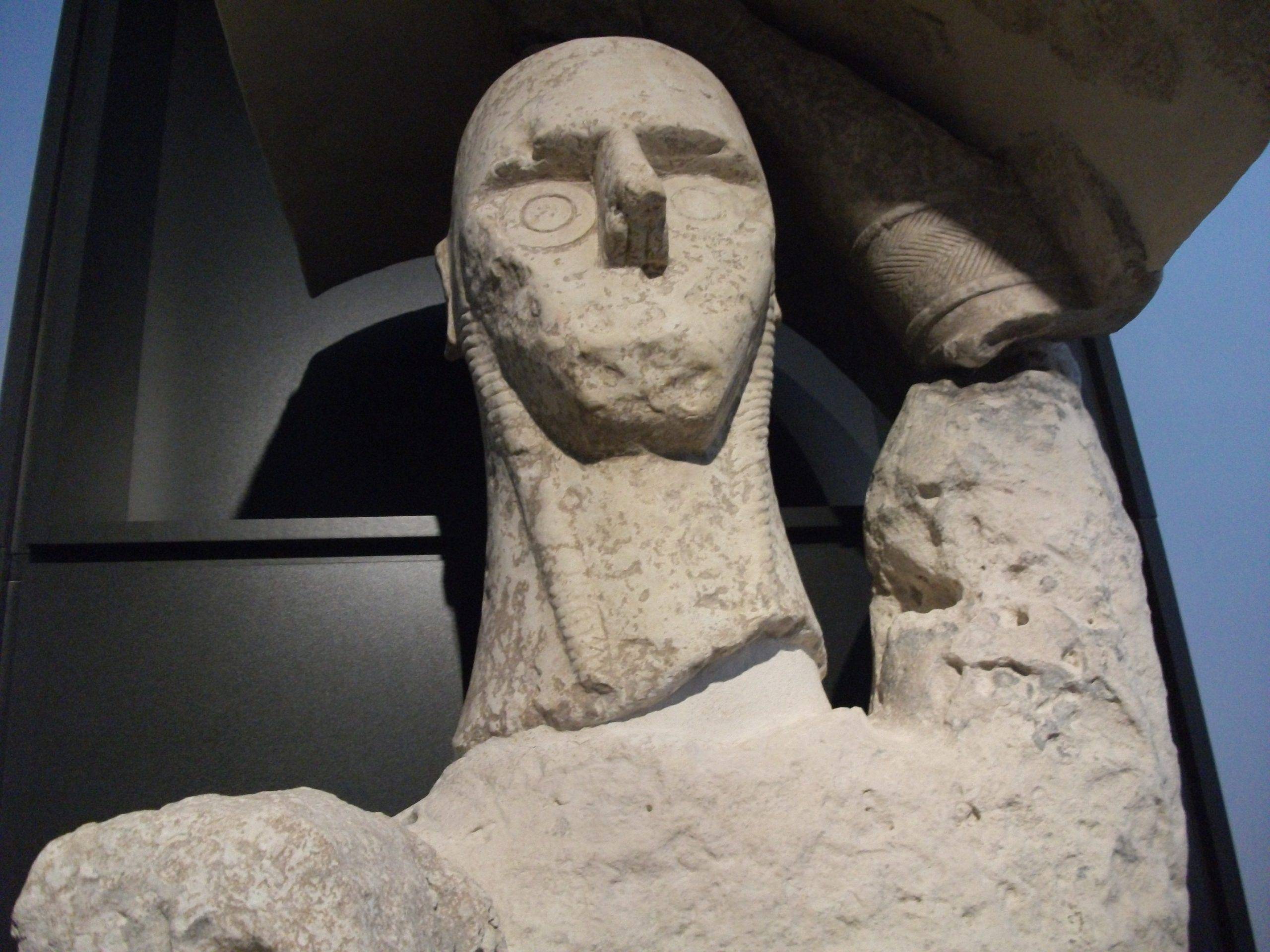The Giants of Mont’e Prama are a collection of impressive stone sculptures discovered in Sardinia, Italy. They date back to the Nuragic civilization, which thrived in the Bronze Age. These statues are unique in Mediterranean archaeology and represent one of the earliest examples of monumental sculpture in Europe. The figures, some standing over 2 meters tall, depict warriors, archers, and boxers, as well as models of nuraghes, the distinctive tower-like structures found throughout Sardinia. Their discovery has shed light on the art, religion, and society of the ancient Nuragic people.
Historical Places
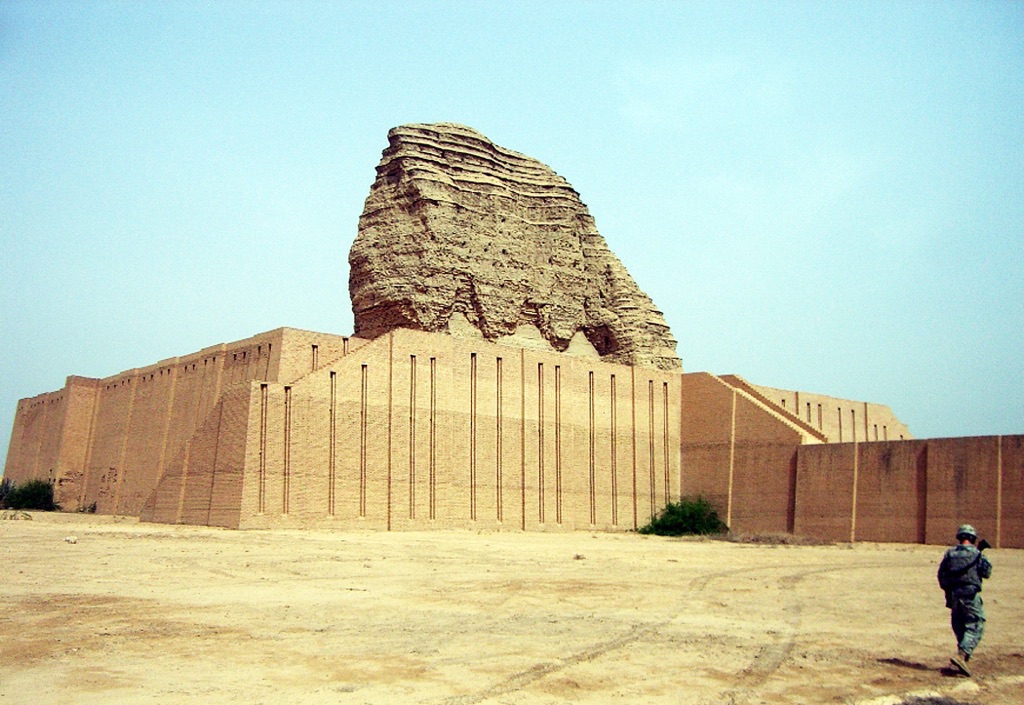
Dur-Kurigalzu
Dur-Kurigalzu, a city from ancient Mesopotamia, stands as a testament to the Kassite Dynasty’s architectural prowess. Founded by King Kurigalzu I in the 14th century BC, it served as a political and religious center. The city, named after its founder, was strategically positioned between the Tigris and Euphrates rivers. Its ruins, including a ziggurat and palatial complex, provide insight into Kassite culture and influence. Excavations have unearthed artifacts that shed light on the city’s significance in ancient times.
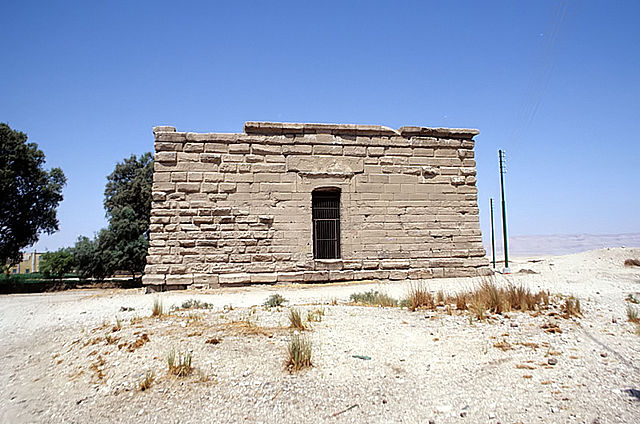
Deir el-Shelwit
Deir el-Shelwit is an ancient Egyptian temple located on the west bank of the Nile, near Luxor, Egypt. It is dedicated to the goddess Isis, a major deity in the Egyptian pantheon. This small and relatively lesser-known temple stands out for its late construction, dating back to the Roman period in Egypt. Despite its size, Deir el-Shelwit is significant for its well-preserved wall reliefs and inscriptions, which provide insights into the religious practices of the time.
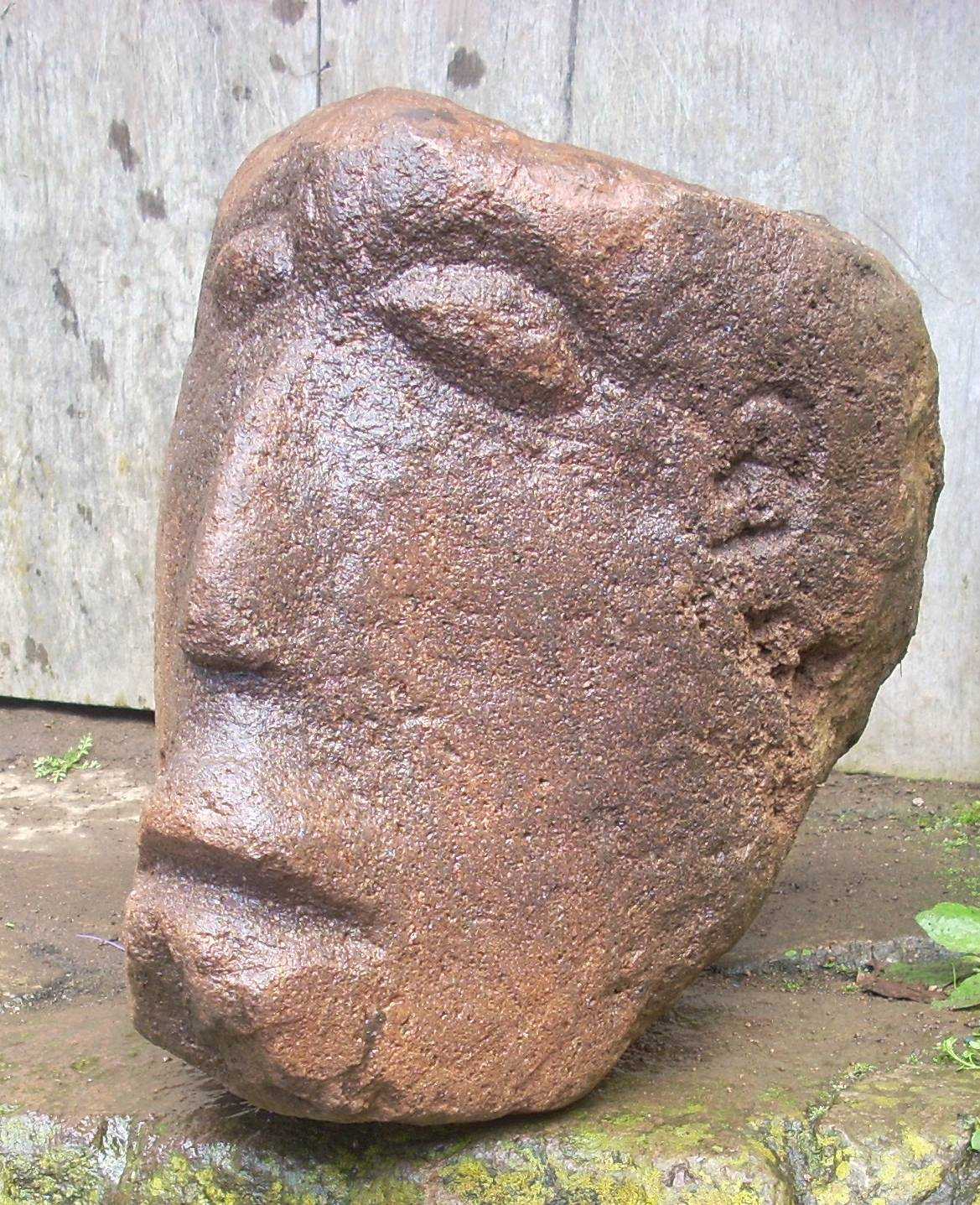
Chojolom
Chojolom is a lesser-known archaeological site located in Guatemala. It is part of the Maya civilization, which thrived in Central America. The site includes structures such as mounds and plazas that reflect the complex social and religious practices of the Maya people. Chojolom, though not as extensively studied as other Maya sites, offers valuable insights into the ancient culture’s urban development and architectural prowess.
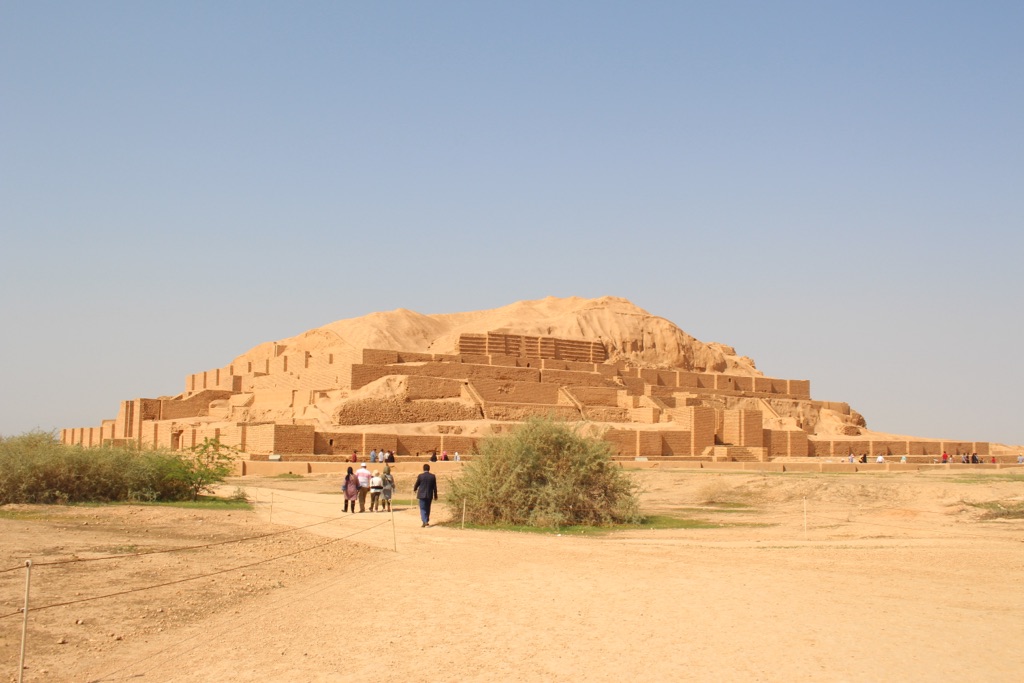
Chogha Zanbil
Chogha Zanbil is an ancient Elamite complex in the Khuzestan province of Iran. This site, one of the few extant ziggurats outside of Mesopotamia, was built around 1250 BC by the king Untash-Napirisha. Originally named Dur Untash, it was a religious center dedicated to the Elamite divinities Inshushinak and Napirisha. Chogha Zanbil remains one of the most significant testimonies to the Elamite civilization and was one of the first Iranian sites to be inscribed on the UNESCO World Heritage List in 1979.
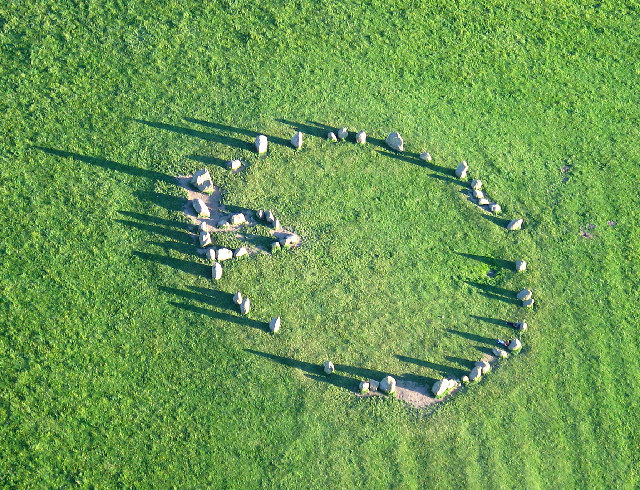
Castlerigg Stone Circle
Castlerigg Stone Circle, nestled in the Lake District of England, is a prehistoric monument that commands attention. This stone circle is one of the earliest in Britain, dating back to the Neolithic period. It consists of 38 stones in a layout that is both intriguing and mysterious. The panoramic views of the surrounding fells make Castlerigg a visual spectacle, and its historical significance adds to its allure. Scholars believe it was a site for ceremonies or trade, but its exact purpose remains a topic of debate. Castlerigg Stone Circle continues to captivate visitors and researchers alike with its ancient charm and enigmatic past.

